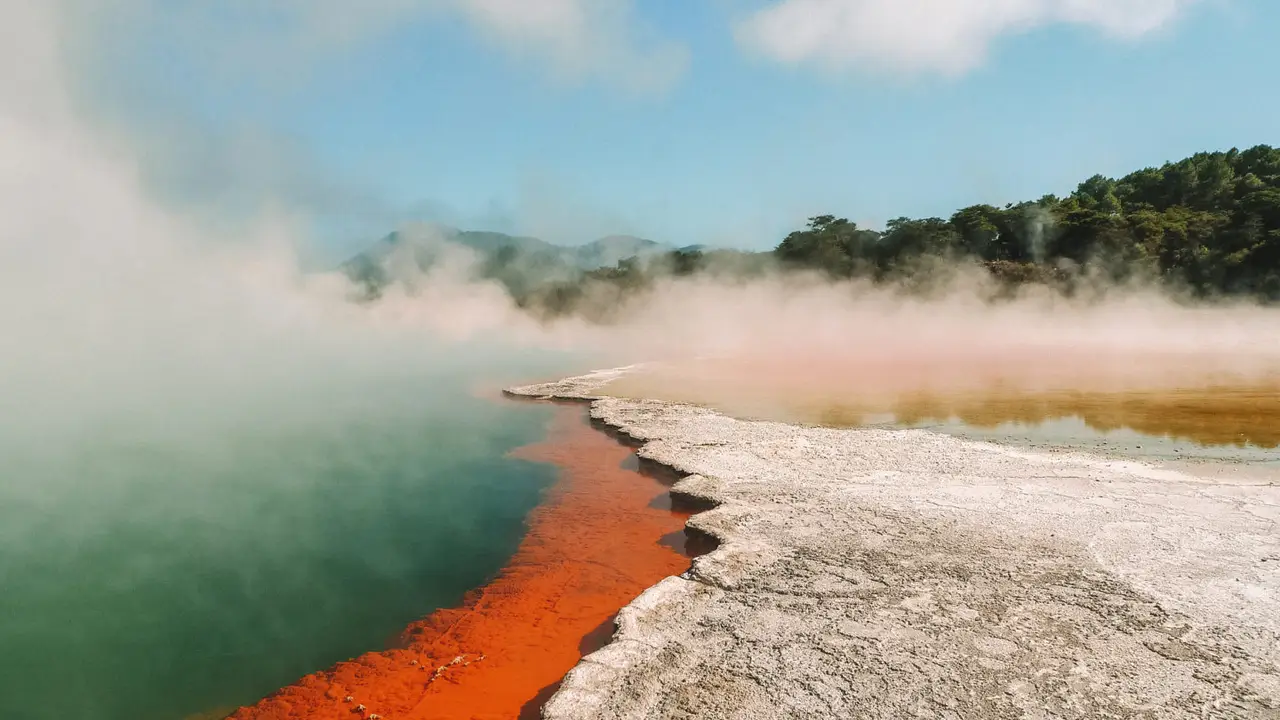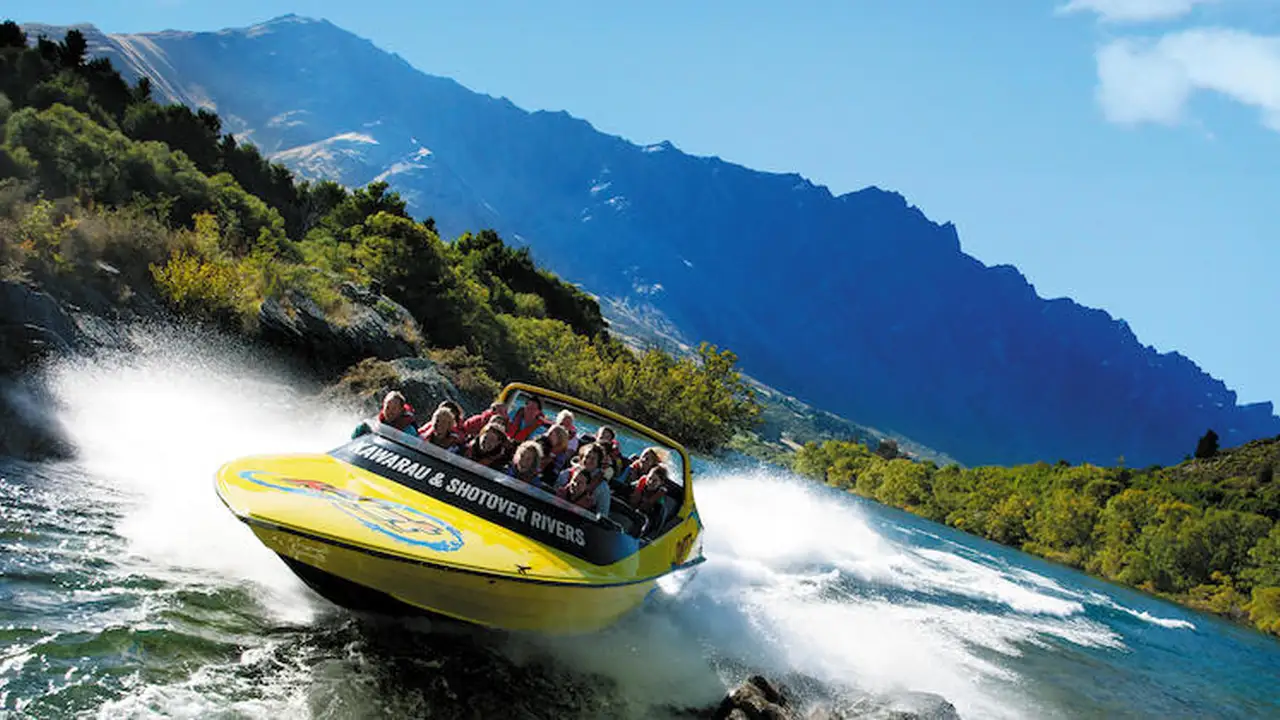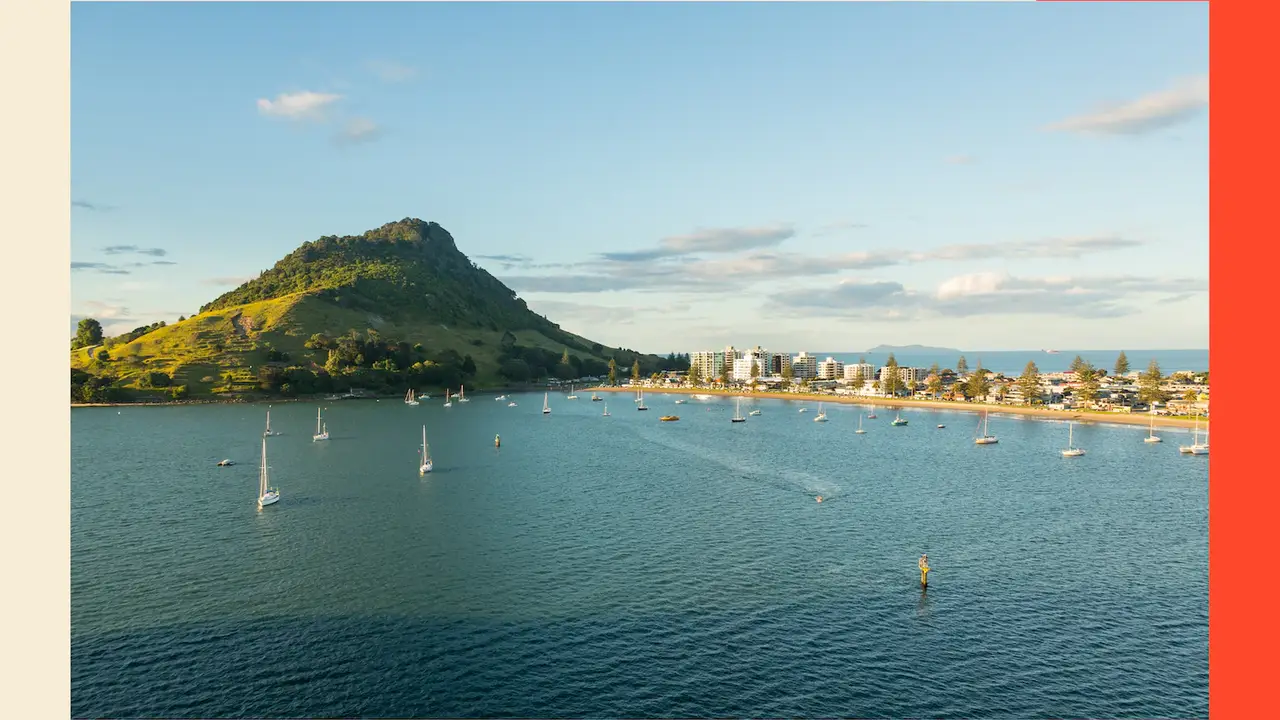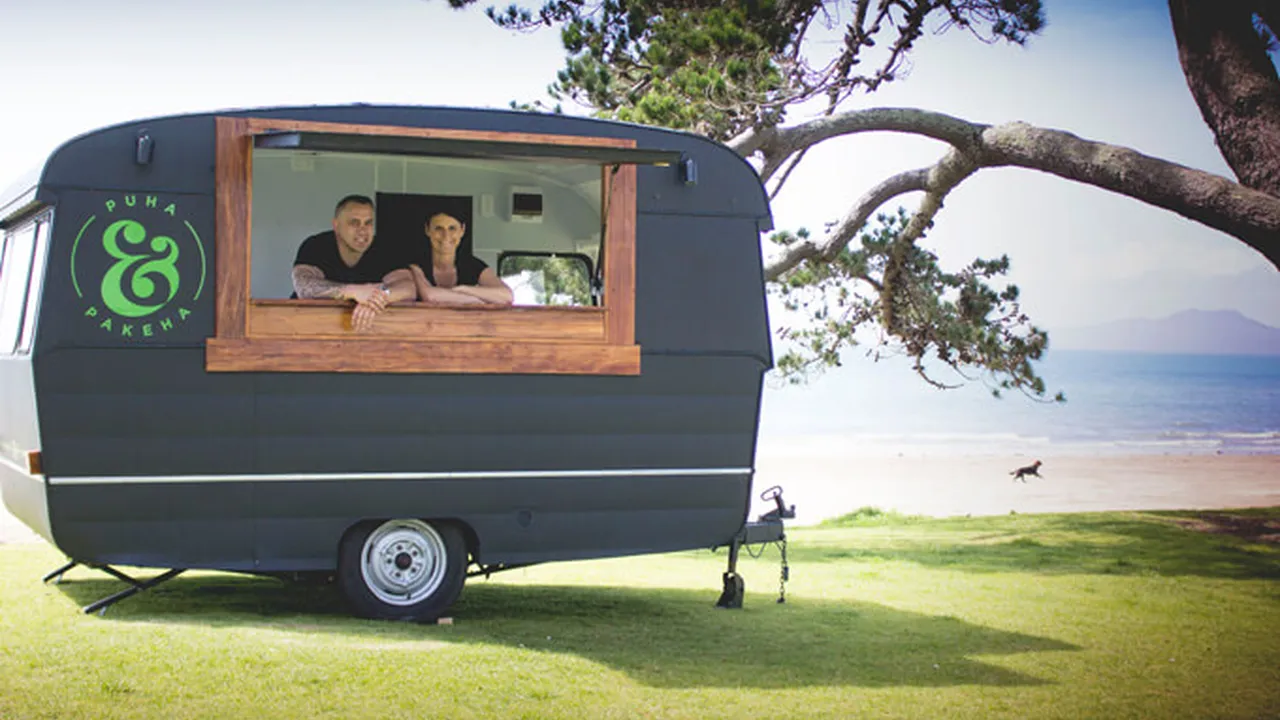Rotorua's Geothermal Wonders: A Visitor's Guide
Sample meta description.

Exploring Rotorua's Geothermal Hotspots - A Traveler's Introduction
Hey there, fellow wanderers! Rotorua, New Zealand – it's not just a place; it's an experience. Imagine stepping into a land where the earth breathes, where steam hisses from cracks in the ground, and the air smells faintly of sulfur (don't worry, you get used to it!). This isn't some sci-fi movie; it's Rotorua, a geothermal wonderland that'll leave you speechless. Forget your average vacation; this is an adventure for the senses! We're talking bubbling mud pools, towering geysers, and landscapes that look like they belong on another planet. Ready to dive in? Let's explore!
Must-See Geothermal Attractions in Rotorua - A Curated List
Alright, let's get down to the nitty-gritty. Rotorua's packed with geothermal goodness, but here are a few spots you absolutely can't miss:
- Wai-O-Tapu Thermal Wonderland: This place is like stepping onto Mars, but with more color. Think vibrant pools of bubbling mud, hissing fumaroles, and the famous Lady Knox Geyser, which erupts like clockwork (thanks to a little help from a park ranger, of course!). Allocate at least 2-3 hours to fully explore this area. Wear comfortable shoes; you'll be doing a lot of walking!
- Te Puia: Home to the mighty Pohutu Geyser, which can shoot boiling water up to 30 meters in the air, Te Puia is a cultural and geothermal powerhouse. You can also witness traditional Maori carving and weaving demonstrations, and even try some food cooked in a traditional hangi (earth oven). This is a great option if you want to combine your geothermal experience with a dose of Maori culture.
- Hell's Gate (Tikitere): Don't let the name scare you! Hell's Gate is a geothermal park with mud baths and hot waterfalls. Yes, you can actually soak in the mud – it's supposed to be great for your skin! Plus, the scenery is seriously dramatic. Consider booking a mud bath experience in advance, especially during peak season.
- Polynesian Spa: After a day of exploring, treat yourself to some relaxation at the Polynesian Spa. With a range of hot mineral pools overlooking Lake Rotorua, it's the perfect place to unwind and soak away your aches and pains. They have family pools, adult-only pools, and even a spa with various treatments.
- Whakarewarewa - The Living Maori Village: Experience authentic Maori culture intertwined with geothermal activity. See how the local community utilizes the geothermal resources for cooking, heating, and bathing. It's a fascinating glimpse into a unique way of life.
Essential Geothermal Gear and Gadgets - Product Recommendations
Okay, so you're ready to brave the geothermal landscape. But before you go, let's talk gear. You'll want to be comfortable, protected, and ready to capture all the amazing sights. Here are a few recommendations:
- Sunscreen (SPF 30+): The New Zealand sun is intense, even on cloudy days. Protect your skin! I recommend Neutrogena Ultra Sheer Dry-Touch Sunscreen (around $10-$15). It's lightweight, non-greasy, and provides broad-spectrum protection. Use it liberally and reapply every two hours, especially if you're sweating.
- Comfortable Walking Shoes: You'll be doing a lot of walking on uneven terrain. Invest in a good pair of walking shoes or hiking boots. Merrell Moab 2 Vent Hiking Shoes (around $100-$130) are a great option – they're comfortable, durable, and provide good traction. Consider wearing them in before your trip to avoid blisters.
- Rain Jacket: The weather in New Zealand can be unpredictable. Pack a lightweight, waterproof rain jacket. The Columbia Watertight II Rain Jacket (around $60-$80) is a good choice – it's packable, breathable, and comes in a variety of colors.
- Camera: You'll definitely want to capture the incredible scenery. A smartphone camera will do in a pinch, but a dedicated camera with a good zoom lens will allow you to get better shots of the geysers and mud pools. Consider the Sony Alpha 6000 (around $600-$700) – it's a great entry-level mirrorless camera with excellent image quality.
- Reusable Water Bottle: Staying hydrated is crucial, especially when you're exploring geothermal areas. Bring a reusable water bottle and refill it throughout the day. The Hydro Flask (around $30-$40) is a popular choice – it keeps your water cold for hours.
Comparing Geothermal Gear Options - Making the Right Choice
Choosing the right gear can be overwhelming, so let's break down some comparisons:
- Sunscreen: Neutrogena Ultra Sheer vs. La Roche-Posay Anthelios Melt-In Sunscreen Milk. Neutrogena is more affordable and readily available, while La Roche-Posay is a good option for sensitive skin. Both offer excellent sun protection.
- Walking Shoes: Merrell Moab 2 Vent vs. Salomon X Ultra 4 GTX. The Merrell Moab 2 Vent is a more affordable and breathable option, while the Salomon X Ultra 4 GTX is waterproof and provides better ankle support. Choose based on your needs and budget.
- Rain Jacket: Columbia Watertight II vs. Patagonia Torrentshell 3L. The Columbia Watertight II is a more budget-friendly option, while the Patagonia Torrentshell 3L is more durable and environmentally friendly.
- Camera: Sony Alpha 6000 vs. Canon EOS Rebel T7. The Sony Alpha 6000 is a mirrorless camera with better image quality and video capabilities, while the Canon EOS Rebel T7 is a DSLR camera that's easier to use for beginners.
Budgeting for Your Geothermal Adventure - Costs and Considerations
Rotorua can be as budget-friendly or as luxurious as you want it to be. Here's a breakdown of potential costs:
- Accommodation: Hostels can be found for around $30-$50 per night, while hotels can range from $100 to $500+ per night. Consider Airbnb for more affordable options.
- Attractions: Entry fees to geothermal parks can range from $30 to $80 per person. Consider purchasing a multi-attraction pass to save money.
- Food: Eating out can be expensive. Consider cooking some of your own meals to save money. Groceries are relatively affordable.
- Transportation: Renting a car is the most convenient way to get around, but it can be expensive. Consider using public transportation or joining a tour.
Beyond the Geysers - Other Activities in Rotorua
Rotorua isn't just about geothermal activity. There's plenty more to see and do!
- Mountain Biking: Rotorua is a mountain biking mecca, with world-class trails for all skill levels.
- Zorbing: Roll down a hill in a giant inflatable ball!
- White Water Rafting: Experience the thrill of rafting on the Kaituna River, home to the world's highest commercially rafted waterfall.
- Maori Cultural Experiences: Immerse yourself in Maori culture with a traditional hangi feast and cultural performance.
- Lake Rotorua: Take a scenic cruise on Lake Rotorua or try your hand at fishing.
Tips for a Smooth Geothermal Visit - Planning and Preparation
To ensure you have the best possible experience, here are a few tips:
- Book in Advance: Especially during peak season, book your accommodation, tours, and activities in advance.
- Check the Weather Forecast: Pack accordingly.
- Bring Insect Repellent: Sandflies can be pesky.
- Stay Hydrated: Drink plenty of water.
- Be Respectful of Maori Culture: Learn a few basic Maori phrases and be mindful of local customs.
- Leave No Trace: Pack out everything you pack in.
Capturing the Perfect Geothermal Photo - Photography Tips and Tricks
Want to take stunning photos of Rotorua's geothermal wonders? Here are a few tips:
- Shoot in the Golden Hour: The light is best in the early morning and late afternoon.
- Use a Polarizing Filter: This will reduce glare and enhance colors.
- Experiment with Different Angles: Get down low or find a high vantage point.
- Capture the Steam and Mist: This adds a sense of drama and atmosphere.
- Include People in Your Shots: This provides a sense of scale.
Rotorua's Geothermal Future - Sustainability and Conservation
It's important to be mindful of the environment when visiting Rotorua's geothermal areas. Support sustainable tourism practices and respect the natural environment. Many of the geothermal parks are actively involved in conservation efforts. By visiting these areas responsibly, you can help protect them for future generations.
:max_bytes(150000):strip_icc()/277019-baked-pork-chops-with-cream-of-mushroom-soup-DDMFS-beauty-4x3-BG-7505-5762b731cf30447d9cbbbbbf387beafa.jpg)






